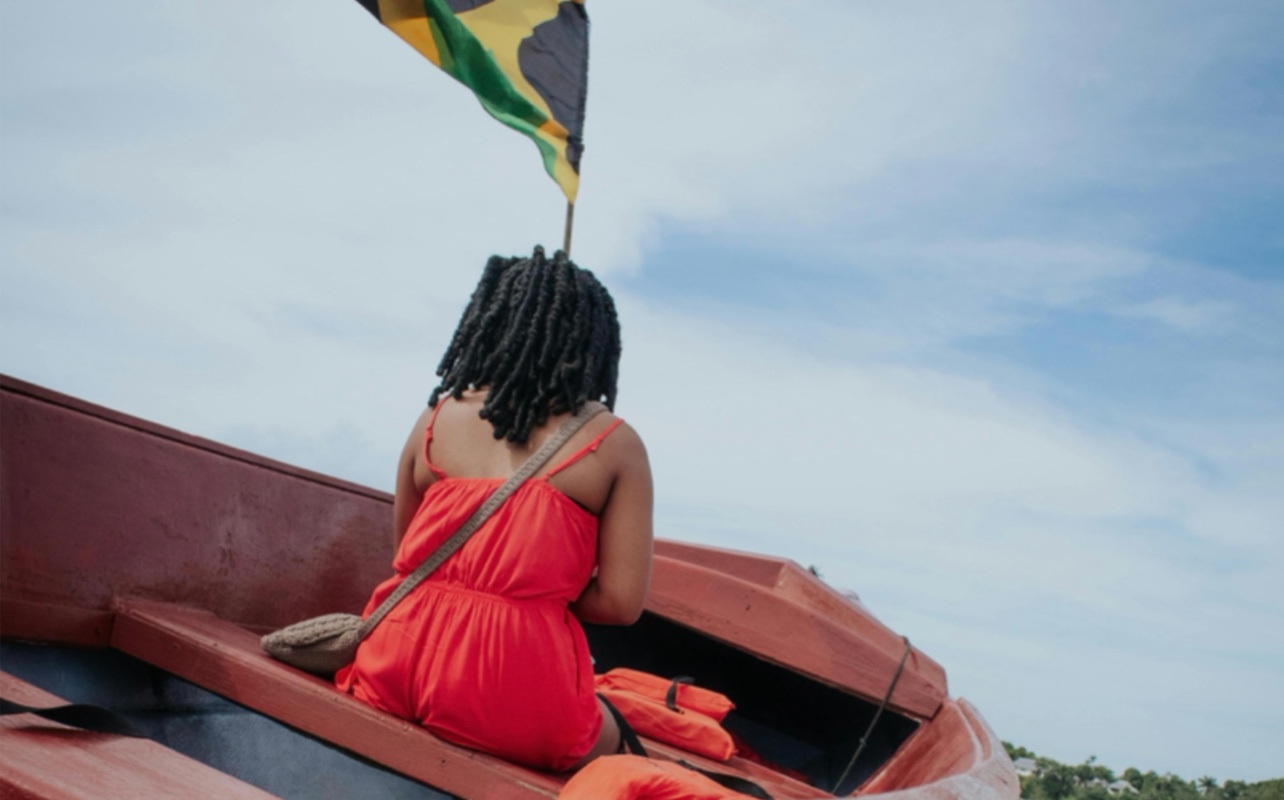
November 4, 2025
Jamaica is racing to rebuild and recover from the devastation caused by Hurricane Melissa ahead of the winter travel season.
After Hurricane Melissa caused widespread damage across western Jamaica, the country is racing to restore its tourism sector ahead of the upcoming winter travel season.
On Nov. 3, nearly a week after Hurricane Melissa struck Jamaica as a Category 5 storm, the strongest in the island’s history, Tourism Minister Ed Bartlett announced the creation of high-level recovery and donation task forces for the tourism sector, the Jamaica Gleaner reports. The teams will assess damage, coordinate industry-wide relief efforts, and develop a sustainable recovery plan to ensure the island is ready for the start of its winter tourism season on Dec. 15.
“The recovery of our tourism sector must be deliberate, coordinated, and compassionate,” Bartlett said. “Through these task forces, we are ensuring that the welfare of our workers, the rehabilitation of our infrastructure, and the recovery of the tourism sector move in tandem. The activities will be integrated into the national disaster response mechanism.”
Before Hurricane Melissa struck on Oct. 28, Jamaica’s tourism industry was projected to grow by 7% this winter, with an expected 4.3 million visitors. Now, the focus has shifted to a rapid recovery effort to repair hotels, clear debris, and restore key attractions across the island’s western region to revive the tourism economy when it’s needed most. Bartlett said the initiative will work closely with the Global Tourism Resilience and Crisis Management Centre (GTRCMC) to apply lessons from past recoveries, including Jamaica’s post–COVID-19 rebound, ensuring a coordinated and sustainable rebuilding strategy.
“Tourism’s strength lies not just in its product offerings, but in its people and partnerships,” Bartlett said. “The speed and synergy of our response show the industry’s resilience and our unwavering commitment to recovery with empathy, compassion, and innovation.”
Christopher Jarrett, head of the Jamaica Hotel and Tourist Association, noted that the popular Negril area in Westmoreland escaped major damage.
“We are still doing our assessments, but most of the damage was in the northwest and southwest,” Jarrett said.
Tourism is Jamaica’s leading source of foreign exchange, accounting for roughly 30% of the nation’s GDP both directly and indirectly. The industry employs around 175,000 people and fuels growth in several key sectors, including construction, banking, utilities, and agriculture. The disruption to the tourism sector is also impacting numerous suppliers and service providers across the island.
“With some of the hotels closed and most of the tourists gone, many of us are left without work. This storm didn’t just destroy buildings; it shattered jobs and incomes for many of us and our families,” said Patricia Mighten, who works in the western parish of Hanover as a hotel housekeeper.
All of Jamaica’s international airports have reopened and resumed commercial flights. Jarrett noted that many hotels in Kingston and the northern coastal town of Ocho Rios have seen a rise in bookings from aid workers and volunteers supporting recovery efforts, with several offering discounts of 25% to 50%, and some even providing complimentary stays.
As of Nov. 3, the government confirmed that the death toll had risen to 32, with expectations that the number could climb further. Rescue crews are still working to reach 25 isolated areas in western Jamaica, where helicopters are delivering food and supplies. Nearly half of the island’s power customers remain without electricity.
RELATED CONTENT: Elevate Your Excellence: Dr. Marta Moreno Vega Is The Architect Of Afro-Latin Cultural Equity

